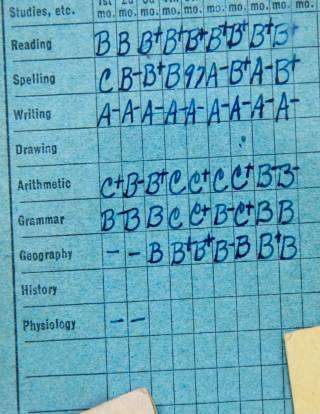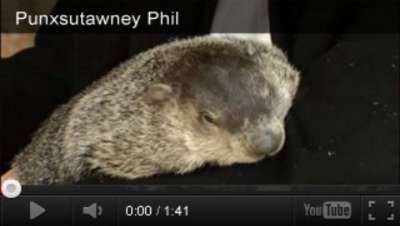NSTA Recommends Science and Food
Grades K-4 and Grades 5-8
The following are excerpts from NTSA Recommends book reviews.
Grades K-4
Exploring Science in Early Childhood Educationby Karen K. Lind
Reviewed by Patricia Voegler Business Administrator
Exploring Science in Early Childhood Education is a wonderful textbook aimed at preparing early childhood teachers for teaching science and math. Teachers completing this text will have a better understanding of how students learn science best. The author’s sensitivity to developmentally appropriate practice is especially impressive and appropriate for elementary teachers at all levels.
In Section III, "Using Skills, Concepts, and Attitudes for Scientific Investigations in the Primary Grades," the author gets to the heart of the material with multiple activities in life, physical, Earth, space, environmental, health, and nutritional science. Science Experiments for Young Learners is an excellent, comprehensive resource for primary teachers who are looking for more hands-on experiences. These 122 activities focus on physical science, life science, Earth and space science, and technology. The materials needed for the experiments are inexpensive and mostly available at home or from the local grocery store. Only a handful of other materials (like balances) will need to be ordered from scientific companies, or borrowed. How Come? Planet Earth is a book of answers to simple but surprisingly interesting questions, all of which were generated by children around the world through electronic or snail mail. They cover topics about Earth, the human body, and animals. The last chapter of the book, “A Factory Field Trip,” explains how different materials are made, a topic that is largely taken for granted by adults as well as children.
Science Experiments for Young Learners
by Jill Norris
Reviewed by Estefanie Jaime-Rivera 6-8 grade teacherGrades 5-8
How Come? Planet Earth
by Kathy Wollard
Reviewed by C. Shannon C'de Baca Science Department Chair













